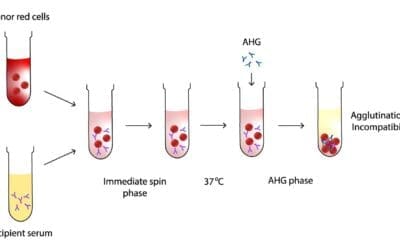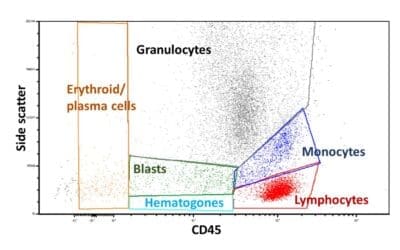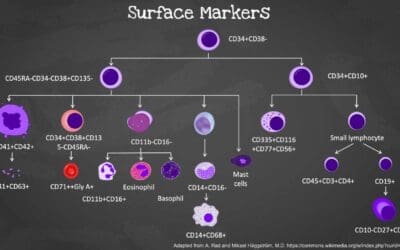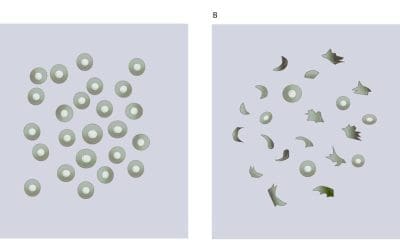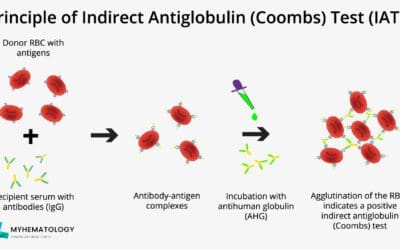Iron studies reveal iron deficiency, overload, and other conditions. Learn how MCV, ferritin, and other markers help decipher iron status and guide treatment.
Blood Collection Tube (Vacutainer) Colors & Types
Blood collection tubes come in various colors for specific tests. Red & gold tubes separate serum, while purple & pink tubes prevent clotting for blood cell analysis. Choose the right tube for accurate results!
Interpretation of Antibody Identification Antigram
Antigen identification antigrams decode antibody reactions in blood transfusions, ensuring safe blood selection by identifying compatible red blood cells that lack the antigen targeted by the recipient’s antibody.
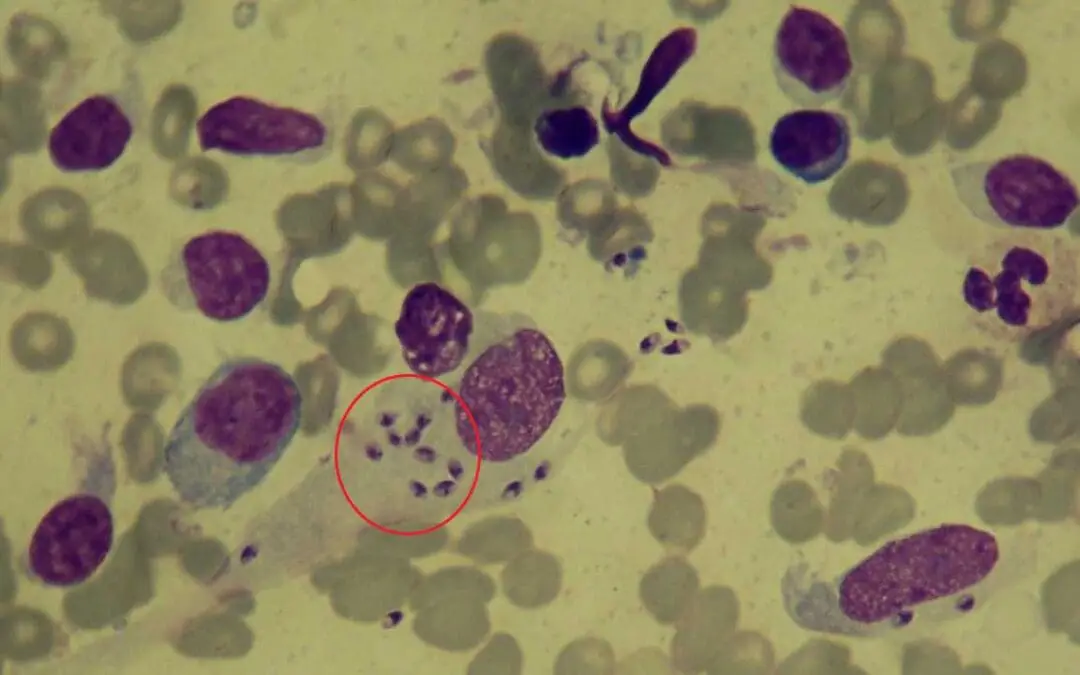
Preparation of Thick Blood Films for Parasites
Unveiling hidden threats! Learn the quick & easy technique for preparing thick blood smears to identify malaria, leishmaniasis & other blood parasites.

Iron Studies Interpretation: The Highs and Lows
Iron studies reveal iron deficiency, overload, and other conditions. Learn how MCV, ferritin, and other markers help decipher iron status and guide treatment.
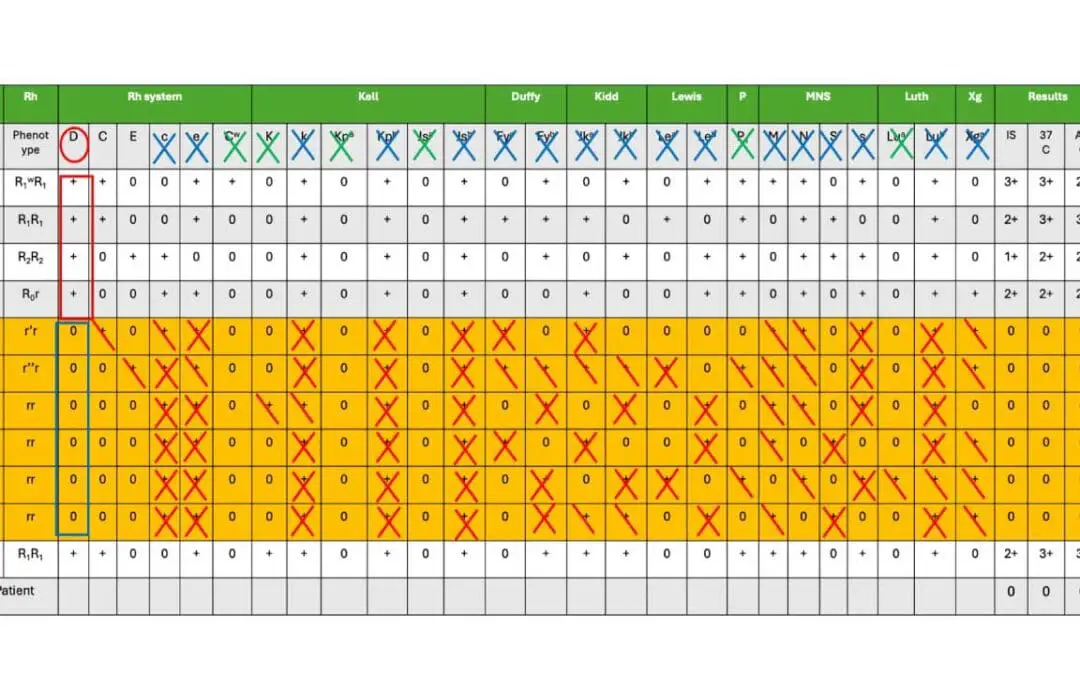
Interpretation of Antibody Identification Antigram
Antigen identification antigrams decode antibody reactions in blood transfusions, ensuring safe blood selection by identifying compatible red blood cells that lack the antigen targeted by the recipient’s antibody.
Serologic Crossmatching (Blood Compatibility Test)
Cross-matching mimics transfusion by mixing recipient serum & donor cells. Clumping (agglutination) indicates incompatibility, preventing transfusion reactions.
Flow Cytometry Immunophenotyping of Blood
Blood cells stained with fluorescent antibodies reveal hidden markers, like a cellular fingerprint. Flow cytometry analyzes millions of cells, painting a detailed picture of immune health, disease clues, and treatment insights.
Hematopoietic cell surface markers (CD34 and more)
Explore hematopoietic cell markers & CD34: identification, functions, flow cytometry, and clinical uses in hematology and leukemia.
Agarose Gel Electrophoresis Preparation for PCR
Agarose gel electrophoresis: where we separate and visualize amplified DNA fragments.
Sickle Cell Disease Test
Explore the Sickle Cell Disease Test: a vital lab protocol for detecting sickle cell disease. Learn its principle, procedure, and result interpretation.
Indirect Antiglobulin (Coombs) Test (IAT)
Indirect Coombs test (IAT) procedure detects antibodies in serum, ensuring safe transfusions & diagnosing immune disorders.

